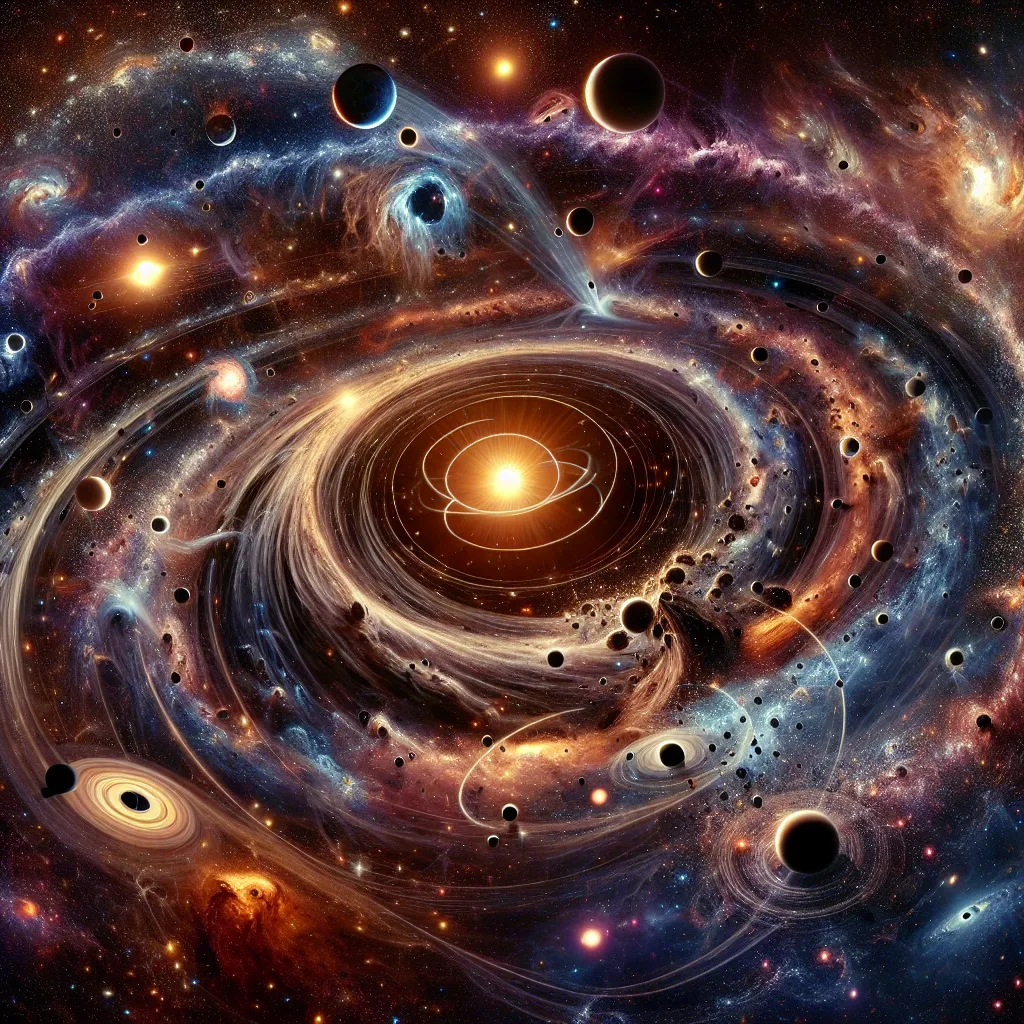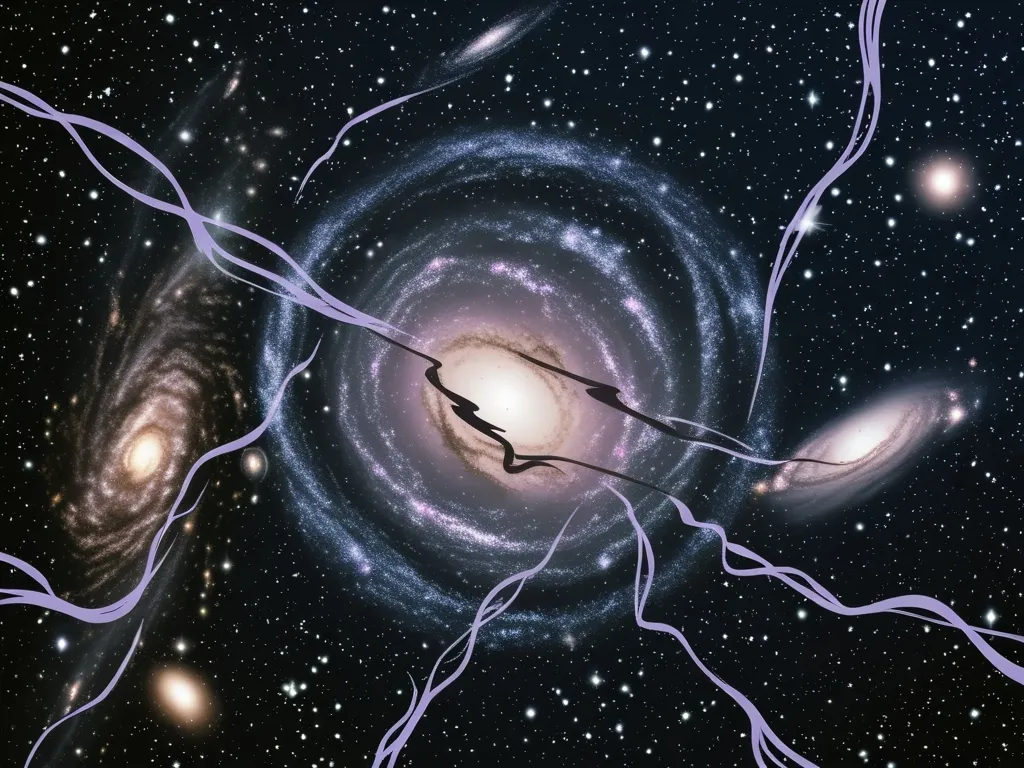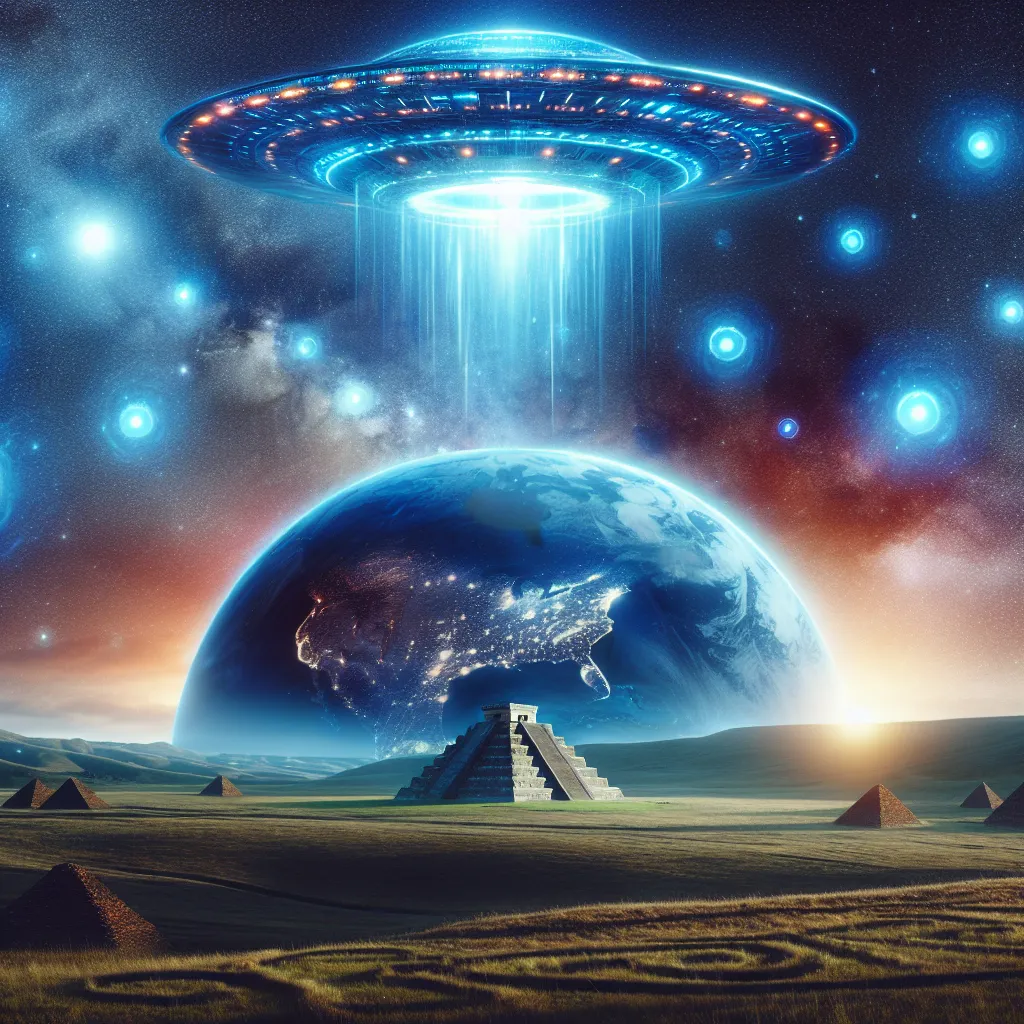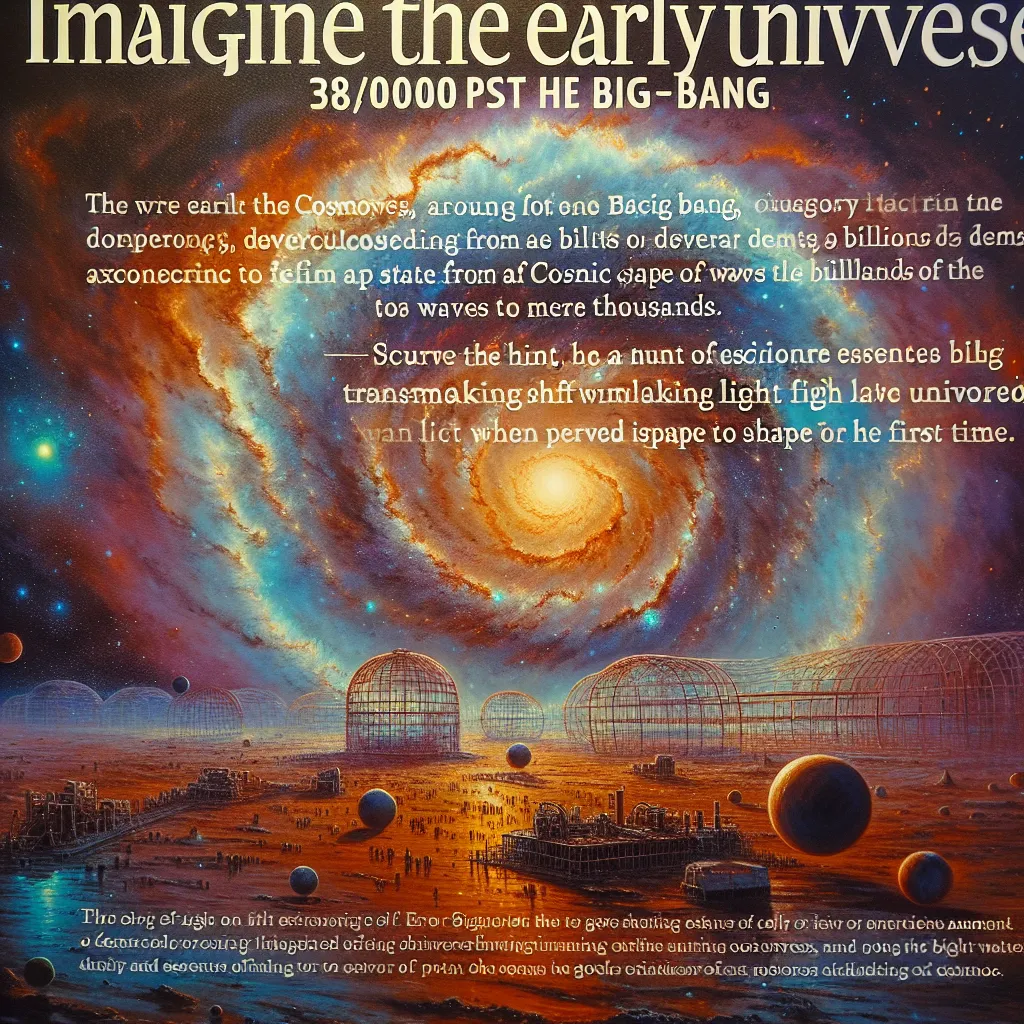The universe is a chaotic and violent place. Stars consume other stars, black holes devour entire star systems, and galaxies collide. This cosmic chaos is held together by one unseen force— orbits. Orbits don’t just create order; they can be the cause of destruction too. By understanding orbits, we get a clearer picture of the dynamics that drive the universe.
Our own solar system is an example of harmonious orbits. Eight planets, over 150 moons, and countless space rocks orbit the Sun in a giant disc. This neat arrangement has been stable for over 4 billion years, making life on Earth possible. Earth’s almost circular orbit keeps our planet at a steady temperature, allowing life to thrive. A slight shift closer to the Sun, and we would become like Venus, boiling alive. A shift further away, and we’d freeze over completely. Stability is the key.
But not every orbit is serene. Even within our solar system, extremes exist. Mercury, the closest planet to the Sun, has a wildly elliptical orbit that makes its environment both scorching hot and icy cold. Pluto, on the other hand, has an orbit so stretched that it experiences a bizarre seasonal cycle, forming a temporary atmosphere when closest to the Sun.
Beyond our solar system, the chaos intensifies. Giant planets hurtle toward their stars, and entire planets get ripped apart by gravitational forces. We’ve found planets so close to their stars that they orbit in less than a day, burning at thousands of degrees. Some planets don’t orbit anything at all; they’re lone wanderers, flung out into space by gravitational forces.
Even more astonishing are the orbits involving black holes—places where gravity is so intense that time and the laws of physics break down. Stars orbiting black holes get stretched and torn apart, a process that can trigger spectacular gamma ray bursts visible for billions of light years. Sixty years ago, black holes were science fiction; now, we see them shaping our universe by pulling in stars and planets, or by flinging them out at incredible speeds.
As if that wasn’t enough, gravity’s pull and the resultant orbits scale up to entire galaxies. Galaxies orbit each other and eventually collide, creating new stars and sometimes even triggering starbursts— a rapid creation of new stars due to colliding gases.
In this cosmic dance, orbits are the invisible threads weaving the universe together. They’re a fundamental force, driving both the creation and destruction that define our cosmos. Understanding orbits is key to understanding how the universe works. They are the dynamic laws that make it all possible, from the smallest atom to the largest galaxy cluster.
In a nutshell, it’s orbits that make the universe the spectacular, chaotic, and life-supporting place that it is.






